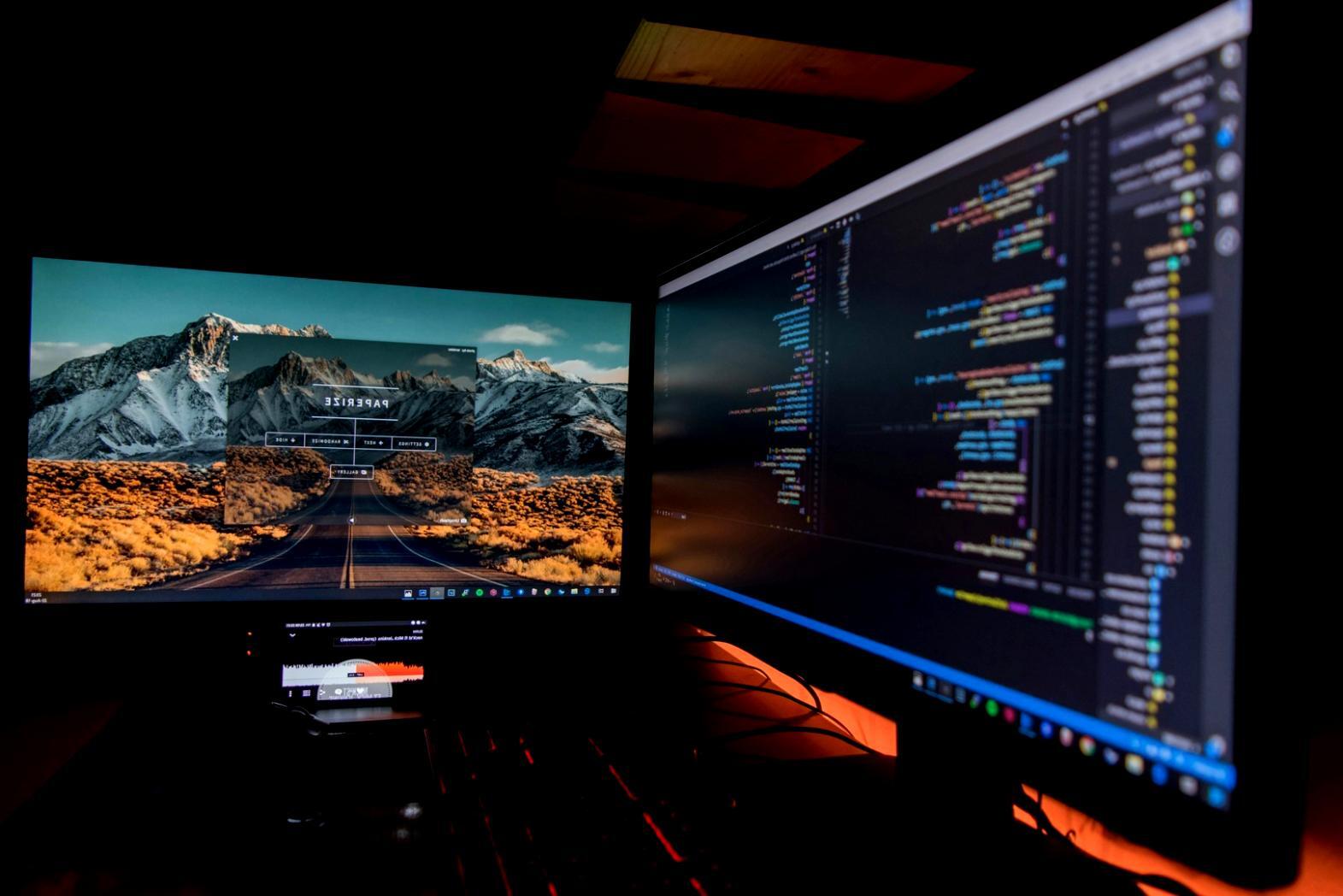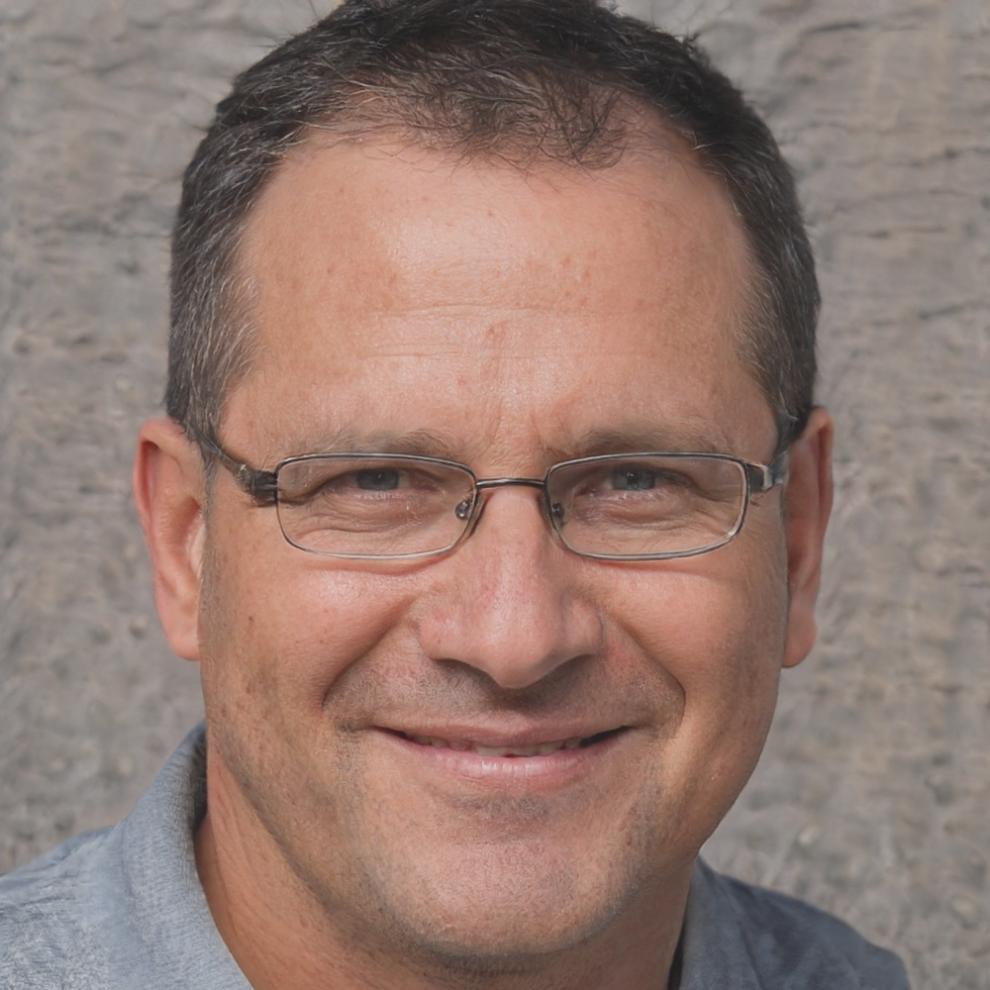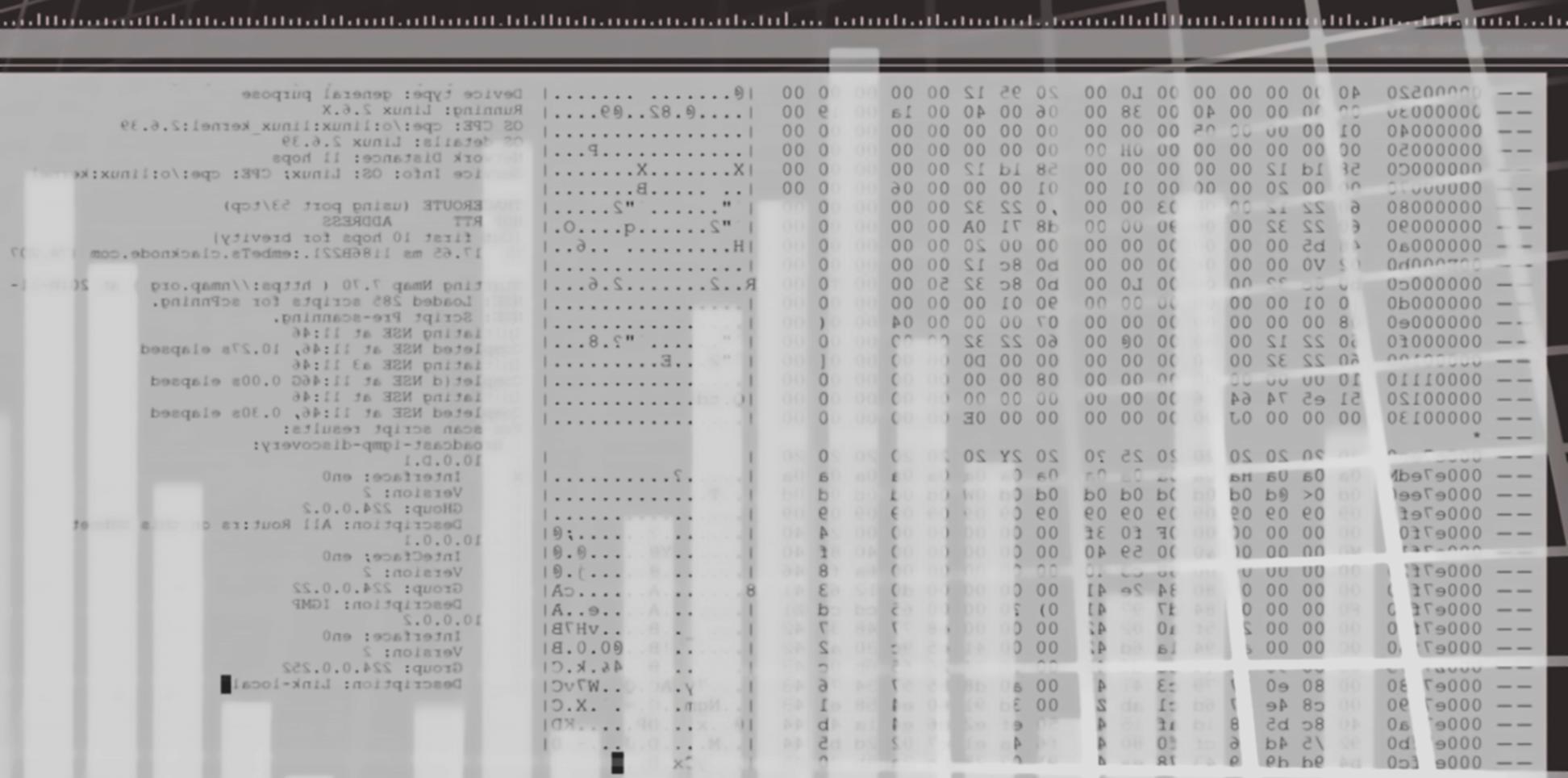Build Game-Ready 3D Models From Scratch
Six months of hands-on practice where you'll go from basic shapes to fully textured characters. We work with the same tools actual game studios use daily. And you get to mess up plenty along the way, which is how you really learn this stuff.
Explore Full Curriculum
How Your Skills Actually Develop
This isn't about racing through topics. Each module builds on what came before, so you're not just copying tutorials but understanding why things work the way they do.
Foundation Work
Polygon modeling basics, edge flow, and mesh topology. You'll spend weeks just making clean geometry before touching materials.
Sculpting Practice
High-poly sculpting for organic forms. Most students find this challenging at first, but it clicks after you've ruined a few dozen models.
Retopology Skills
Taking those beautiful sculpts and making them actually usable in a game engine. Not glamorous, but absolutely necessary.
UV Mapping
Learning to unwrap models efficiently. Everyone hates this part initially, then realizes it makes or breaks your texturing quality.
Texturing Process
PBR materials, baking maps, and making surfaces look believable. This is where your models start actually looking professional.
Final Production
Complete a game-ready character from concept to engine. You apply everything learned while building something worth showing employers.

Weekly Feedback Sessions
Every Tuesday evening, we review work together. Sometimes your model needs an hour of adjustments. Sometimes it needs to be rebuilt. Both happen regularly.
Real Project Constraints
You work with actual polygon budgets and texture limits. Games have technical restrictions, so we don't pretend you have unlimited resources.
Building Working Files
Good organization matters when projects get complex. You'll establish habits that keep your workflow organized as file counts grow.
Practical Techniques You'll Practice
These are the workflows that come up constantly in production. Not theory - just practical methods you'll use every single day.
Optimizing Mesh Density
- Start with reference of target platform specs and polycount budget
- Block out major forms with minimal geometry to establish proportions
- Add edge loops only where deformation or silhouette actually requires them
- Check triangle count continuously rather than discovering issues at the end
- Use subdivision strategically for render passes while keeping base mesh lean
Baking Normal Maps Cleanly
- Ensure high-poly and low-poly share same world space position and scale
- Set appropriate cage distance to capture all detail without artifacts
- Use proper naming conventions so software matches meshes correctly
- Check for intersecting geometry in high-poly that causes baking errors
- Test bake on small sections first before committing to full resolution
Organizing Scene Files
- Establish consistent layer and group naming from project start
- Keep high-poly sculpts in separate files from game-resolution meshes
- Save incremental versions before major changes rather than relying on undo
- Use clear file naming that indicates asset state and version number
- Maintain reference folder with concept art and technical specifications handy
weeks of structured practice
portfolio-quality pieces completed
hours of direct instruction
maximum class size for attention
Program Investment
Pricing reflects the time commitment and direct instruction involved. Payment plans available to spread the cost across the program duration.
Foundation Track
- First three modules only
- Basic modeling and sculpting
- Weekly feedback sessions
- Software licenses included
- Access to learning resources
Complete Program
- All six modules included
- Complete production pipeline
- Portfolio development support
- Industry workflow training
- Software and plugins included
- Final project mentorship
Extended Mentorship
- Complete program included
- Three additional months support
- Portfolio refinement sessions
- Application review assistance
- Advanced technique workshops
- Continued project feedback

Rashad Talaat
Lead Instructor • Character Artist
I spent eight years modeling characters for mobile and console games before starting this program. Worked on titles that shipped, dealt with crunch periods, and learned what actually matters versus what just looks impressive in portfolio screenshots.
Teaching this is different from doing client work. You notice patterns in how people learn - some students grasp topology immediately but struggle with texturing. Others are natural sculptors who need help with technical optimization. The variety keeps things interesting.
What matters most? Being willing to redo work when it's not right. The students who progress fastest are usually the ones who can accept that their model needs another pass without getting discouraged. That resilience matters more than raw talent.

Ready to Start Building?
Next cohort begins September 15, 2025. Applications open in May. Class size stays small intentionally, so spots fill quickly once we announce availability.
Get Application Information
